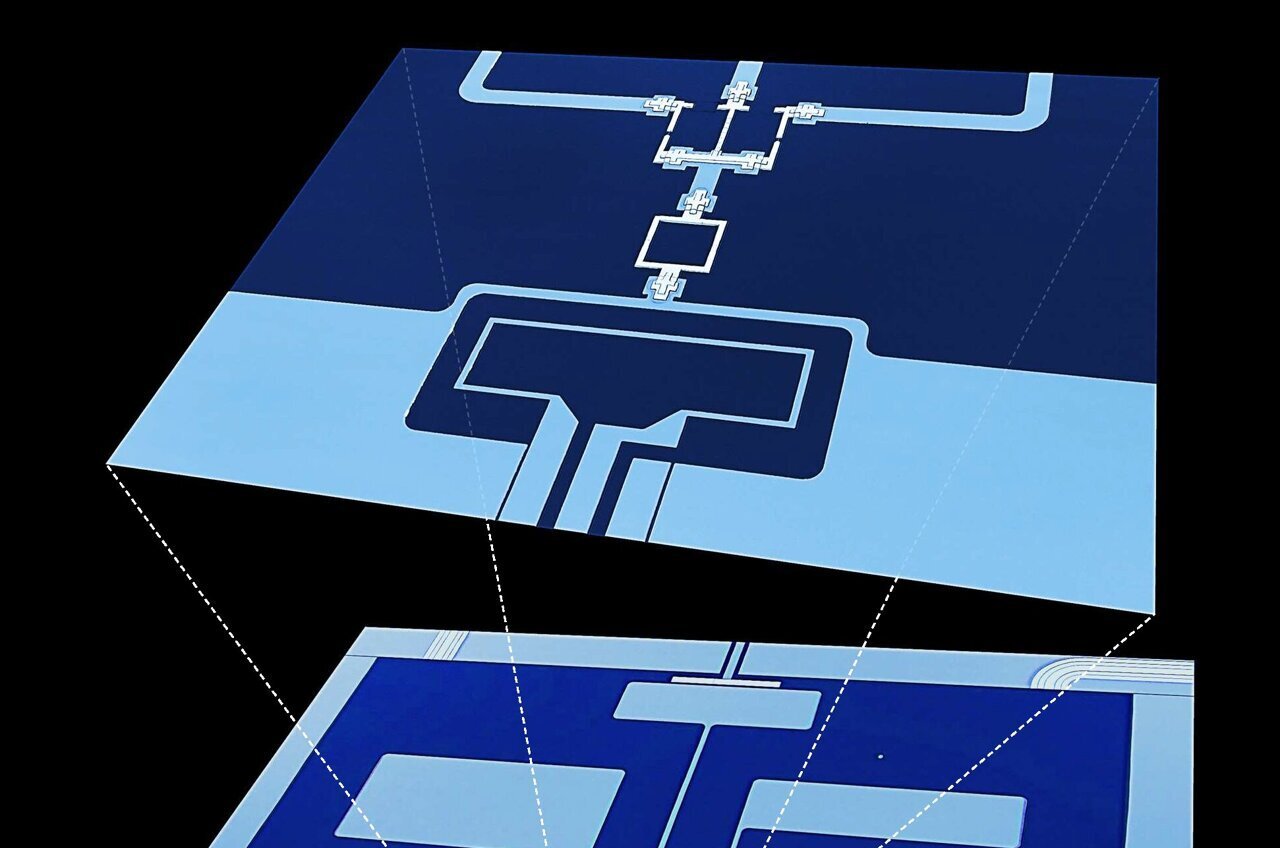Scientists at the National Institute of Standards and Technology (NIST) has developed a device that aims to address the challenges faced by quantum computer designers. Quantum computers rely on quantum bits, or qubits, which are the quantum equivalent of classical computer bits. The device created by the NIST team consists of two superconducting qubits connected to a “toggle switch” device, which in turn connects to a circuit called a “readout resonator” that reads the qubits’ output.
The toggle switch can be flipped into different states to adjust the strength of the connections between the qubits and the readout resonator. When the switch is turned off, the qubits and the readout resonator are isolated. When turned on, the switch connects the qubits, allowing them to perform calculations. Once the calculations are completed, the switch can connect either of the qubits or the readout resonator to retrieve the results.
This programmable toggle switch helps reduce noise, a common issue in quantum computer circuits that can interfere with qubit calculations and result in unclear results. By keeping the qubits isolated during calculations and enabling clear measurements when needed, this device architecture protects the qubits and enhances the accuracy of quantum information processing.
The researchers from NIST, along with scientists from the University of Massachusetts Lowell, the University of Colorado Boulder, and Raytheon BBN Technologies, published their findings in a paper in Nature Physics on June 26.
Quantum computers are still in the early stages of development but hold great potential for tackling complex problems that classical computers struggle to solve, such as simulating chemical interactions for drug development. However, quantum computer designers face various challenges, including external and internal noise that can lead to errors in qubit calculations.
Many existing quantum computer designs have static architectures, where the qubits are physically connected to each other and the readout resonator. This limits their reprogrammability and the range of tasks they can perform. The programmable toggle switch developed by the NIST team overcomes these challenges by preventing noise from entering the system through the readout resonator and enabling control through remote microwave pulses rather than physical connections. This makes the quantum computer more programmable, allowing changes via software instructions.
Additionally, the toggle switch can enable simultaneous measurement of both qubits, which is crucial for identifying and addressing quantum computational errors.
The demonstrated system used superconducting components, including the qubits, toggle switch, and readout circuit. These components operate at extremely low temperatures. The toggle switch is constructed using a superconducting quantum interference device (SQUID) that is sensitive to magnetic fields. By applying microwave current through an antenna loop, interactions between the qubits and the readout resonator can be induced.
While the team has currently worked with two qubits and a single readout resonator, they are planning to expand the design to include three qubits and more readout resonators. Further research and development could potentially lead to the construction of a powerful quantum computer with enough qubits to solve complex problems that are currently beyond reach.
Source: National Institute of Standards and Technology
